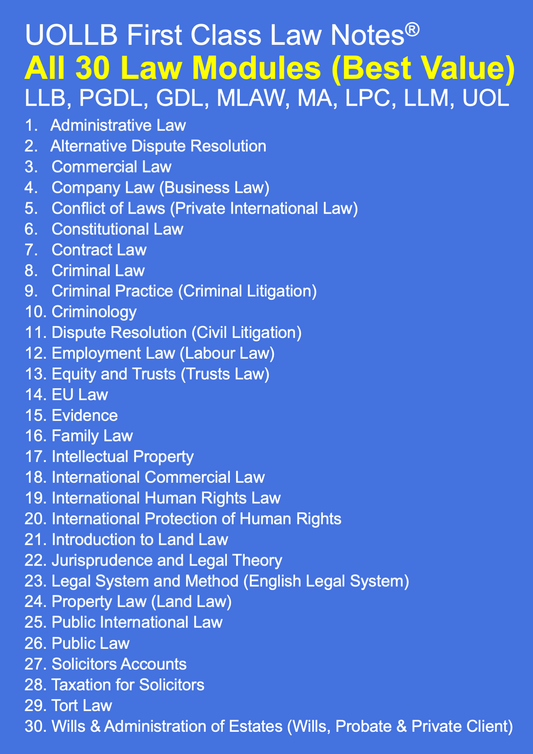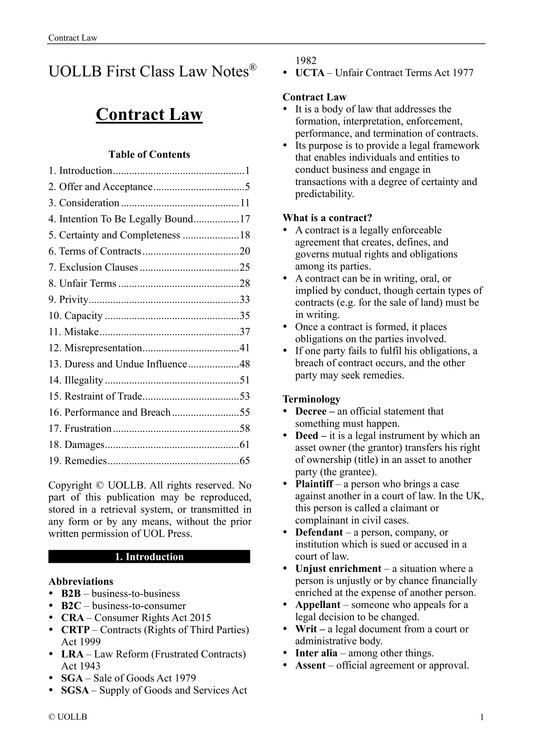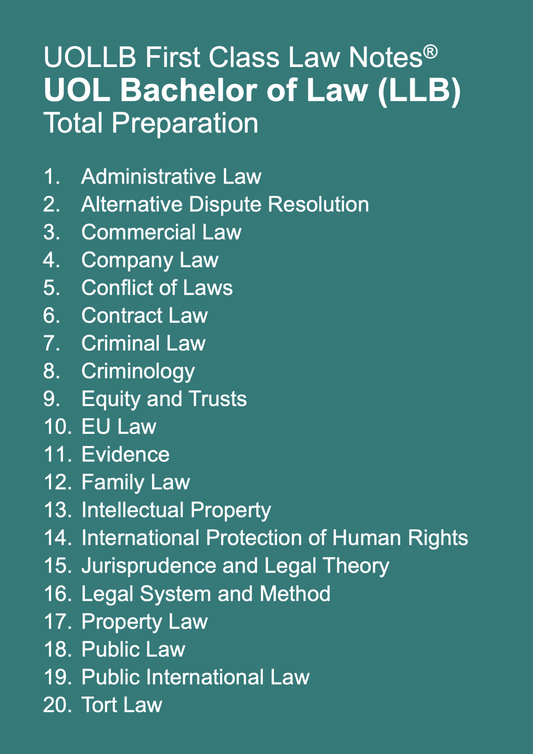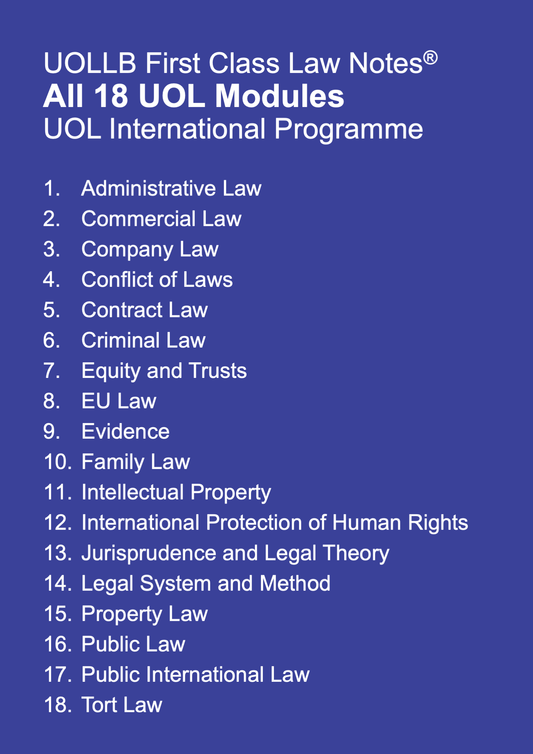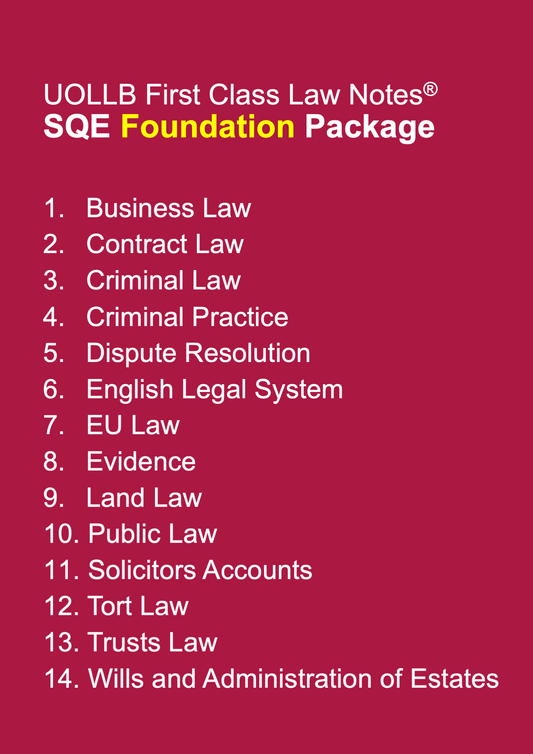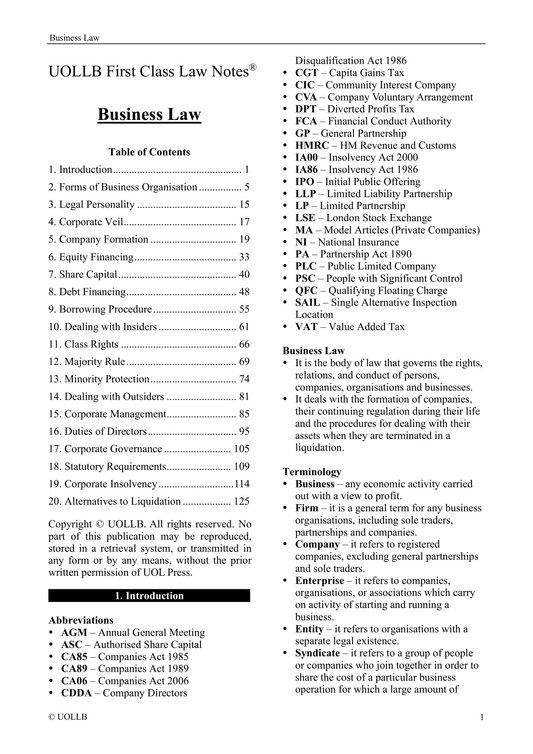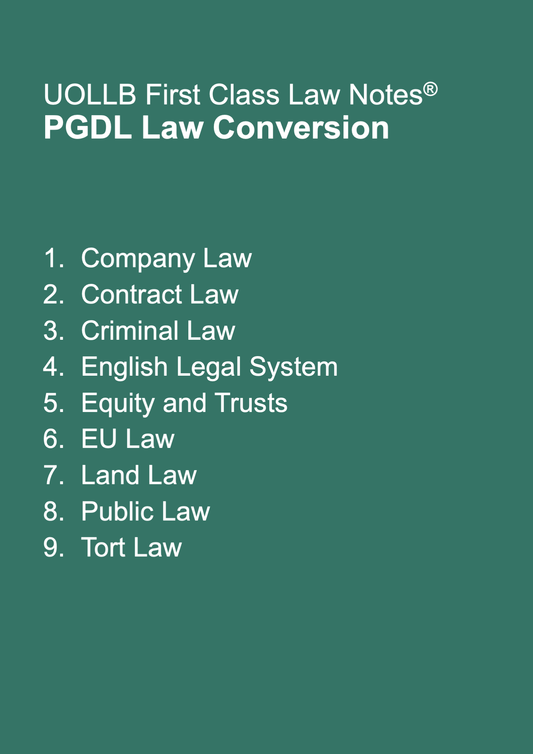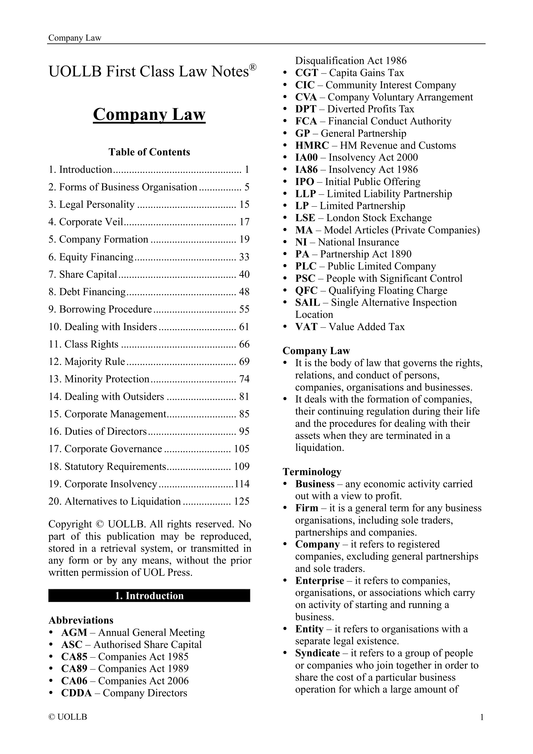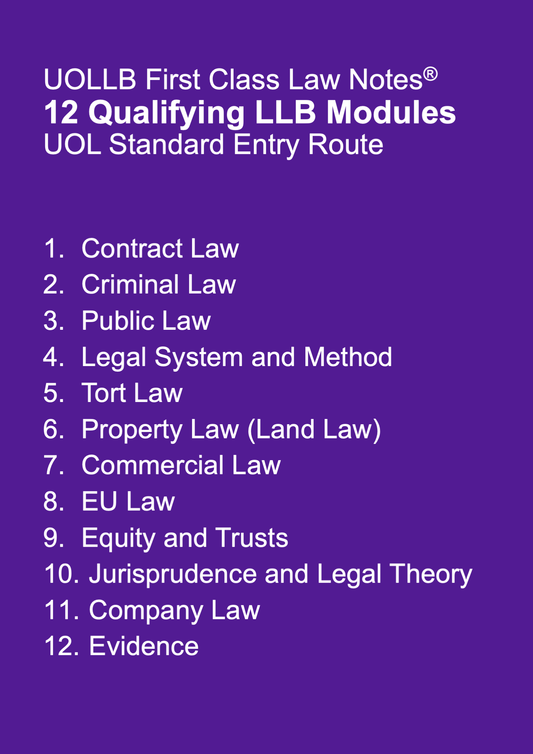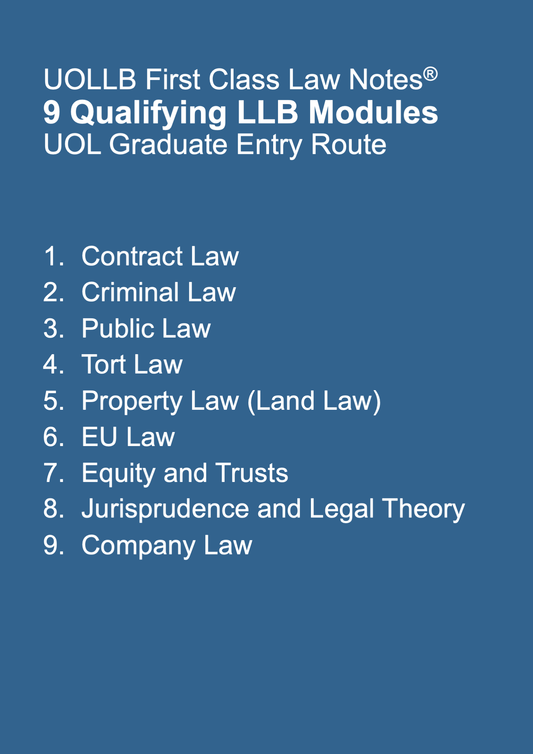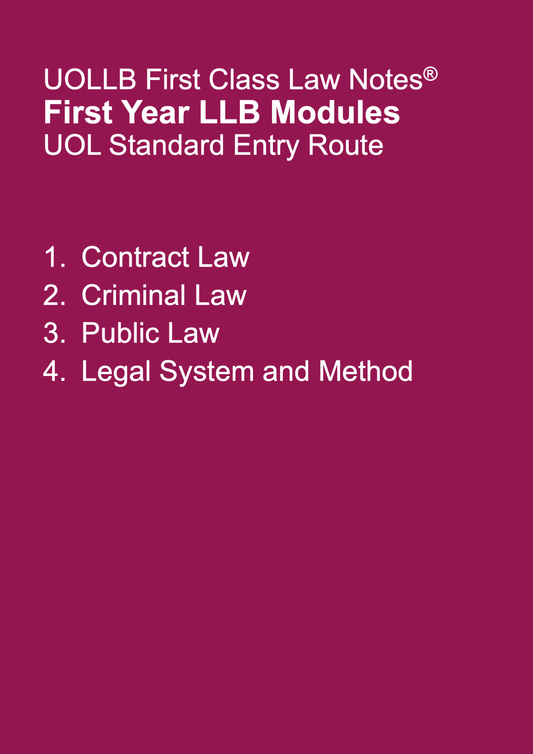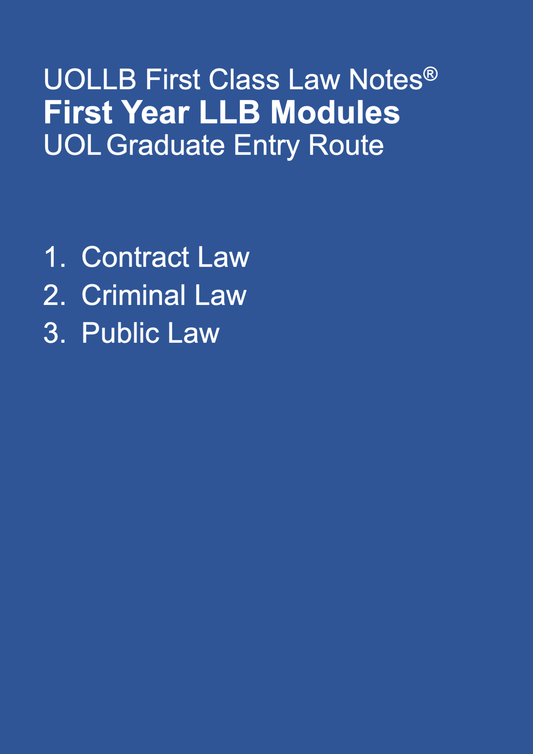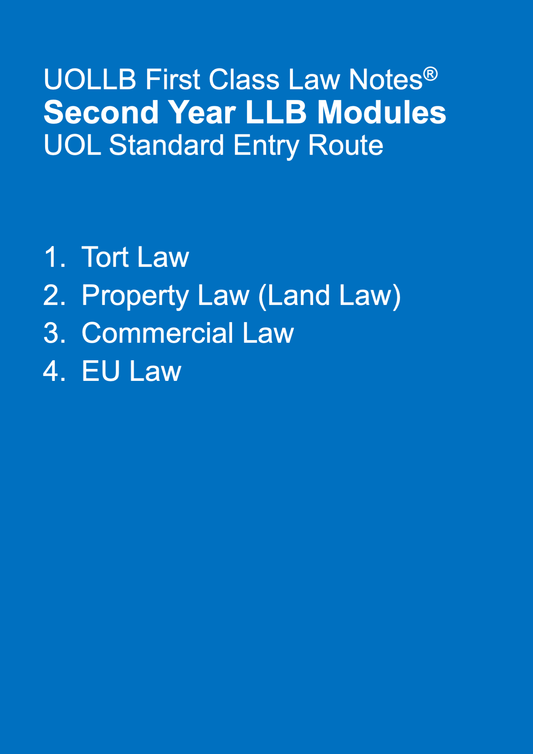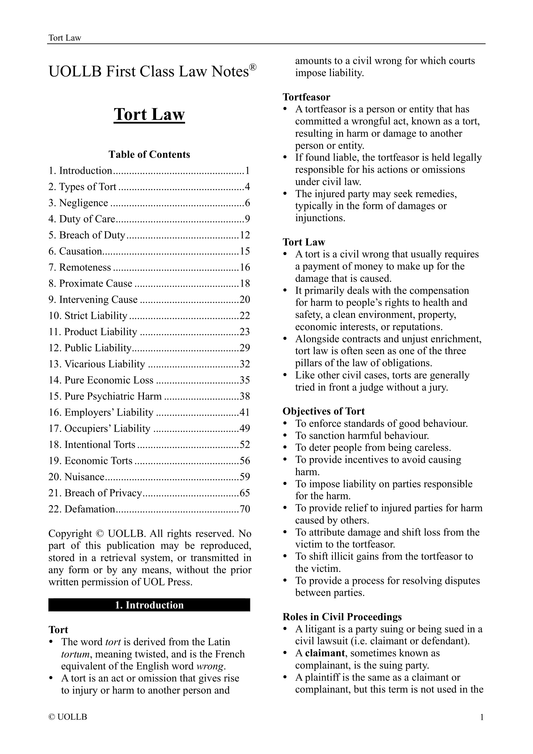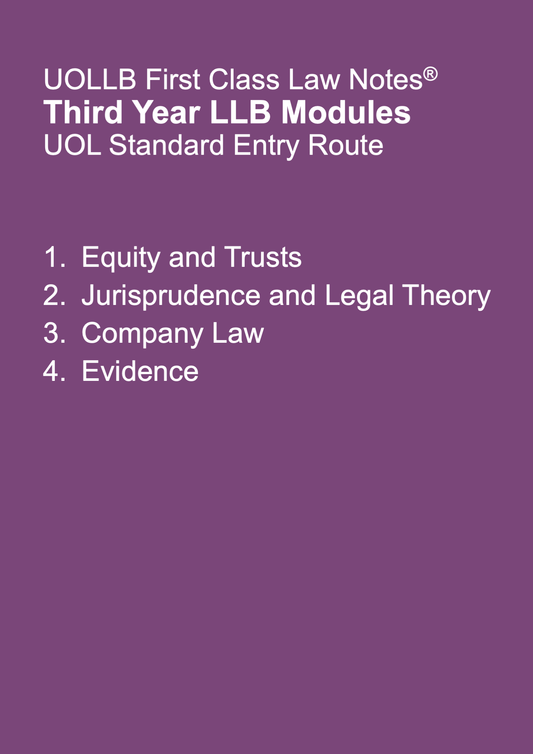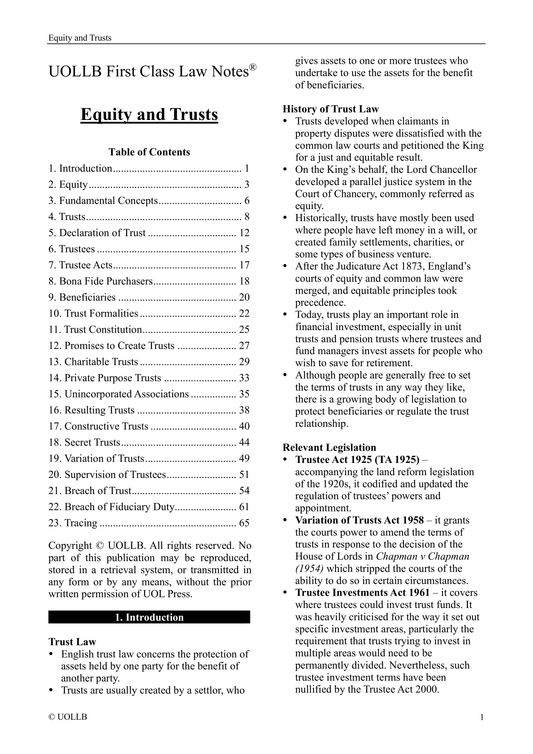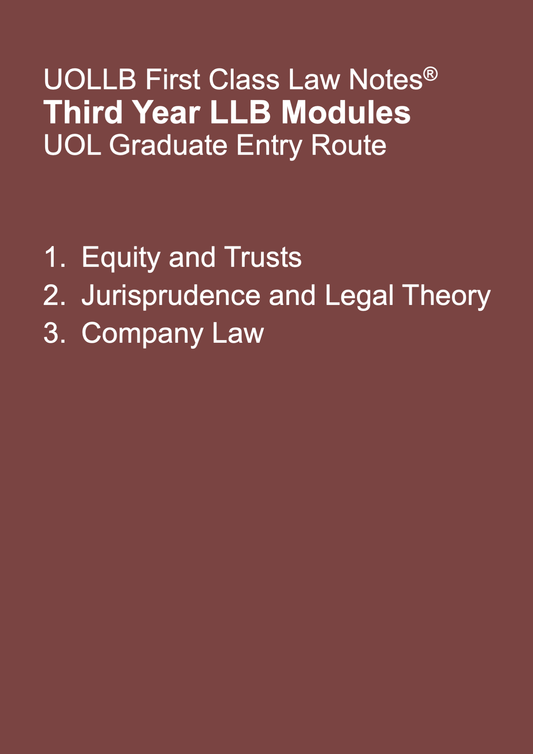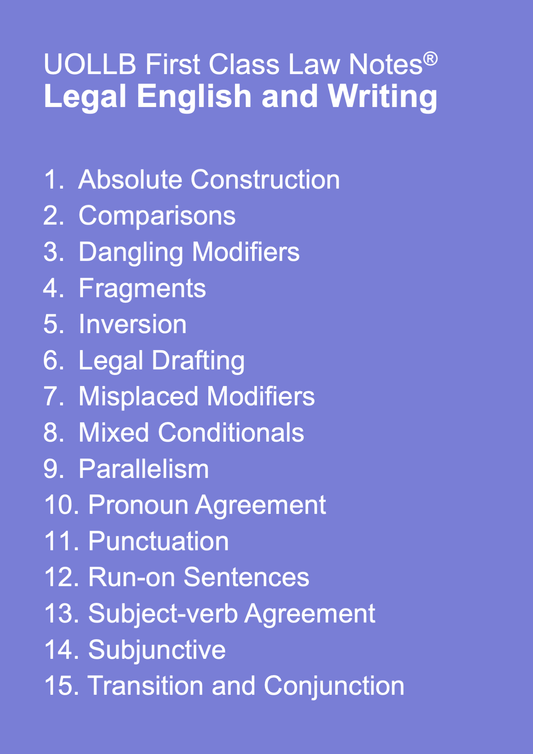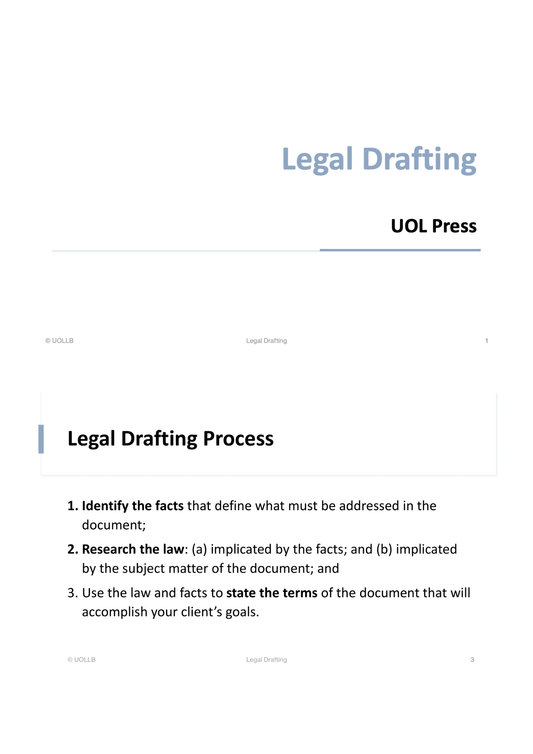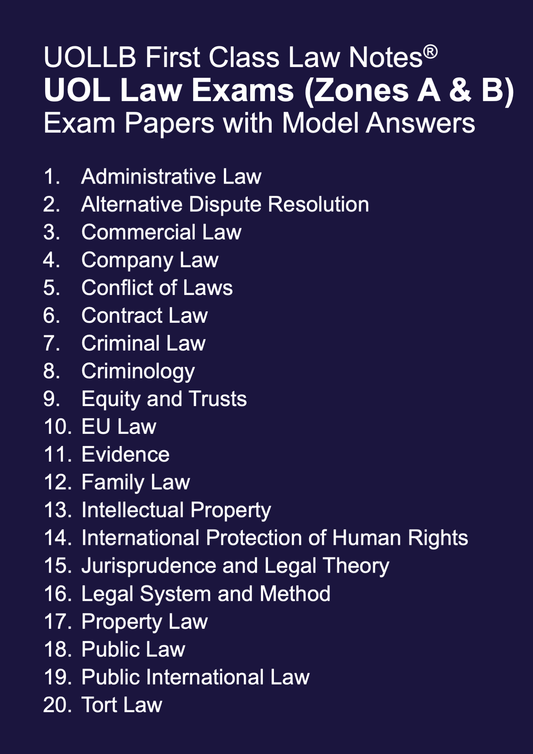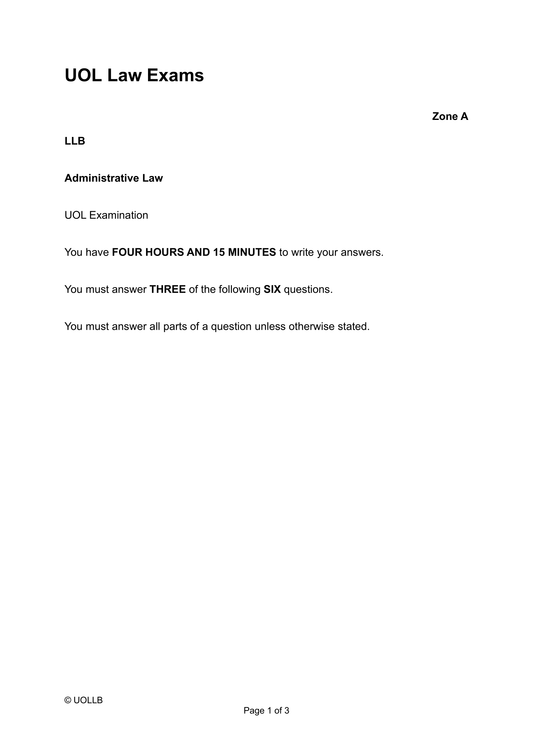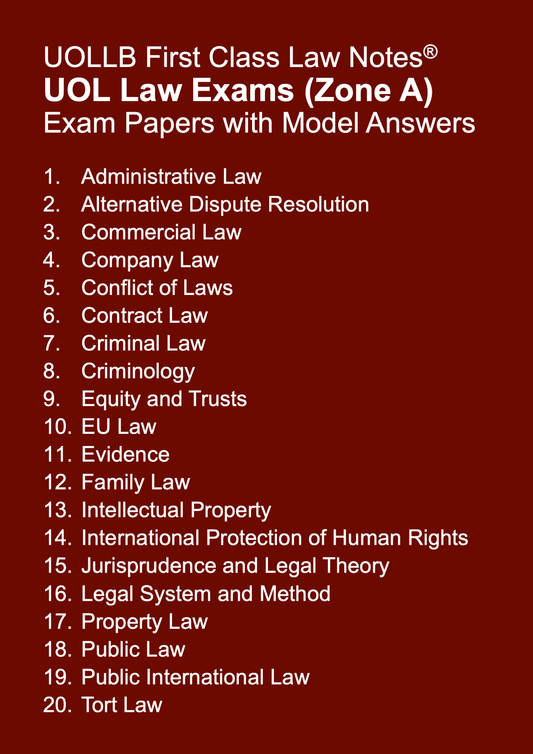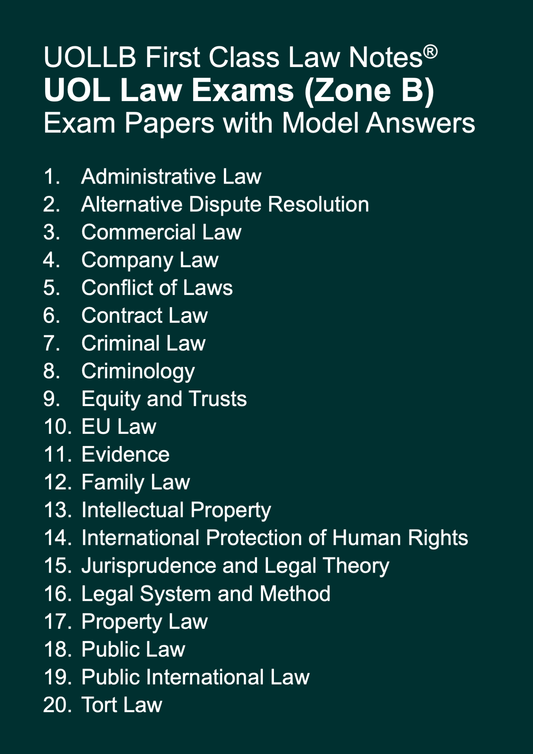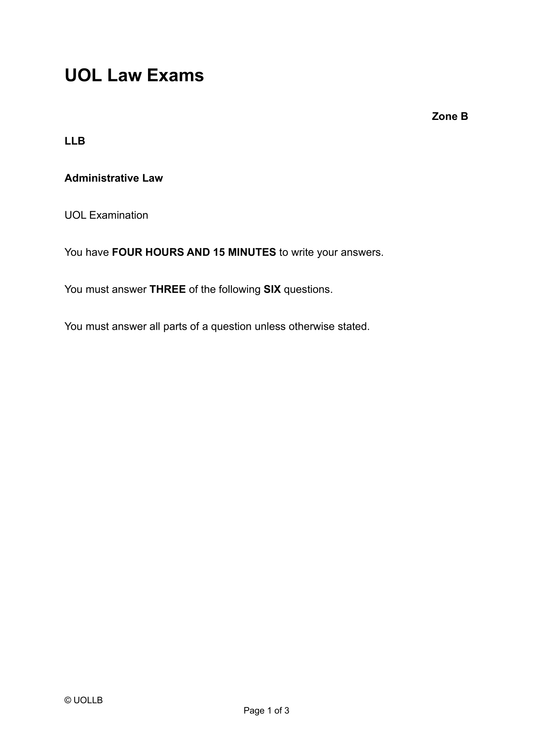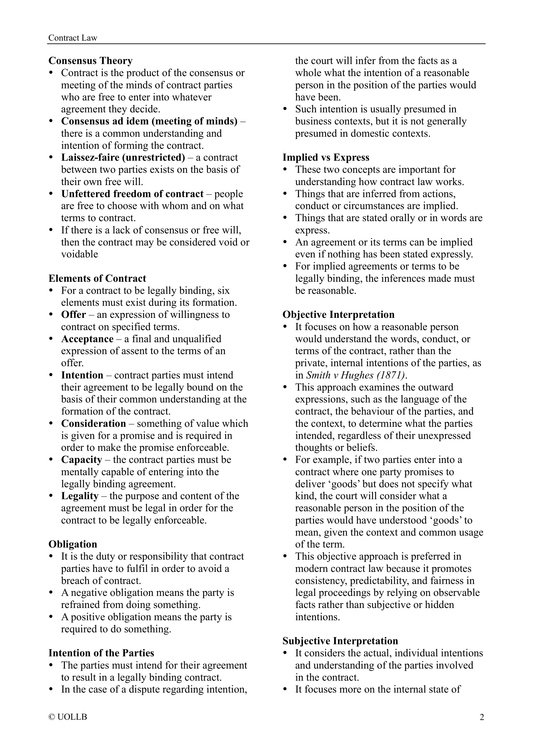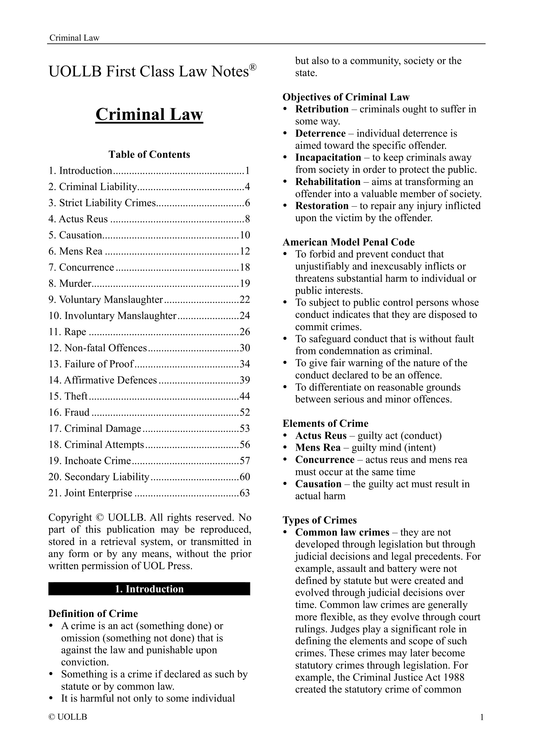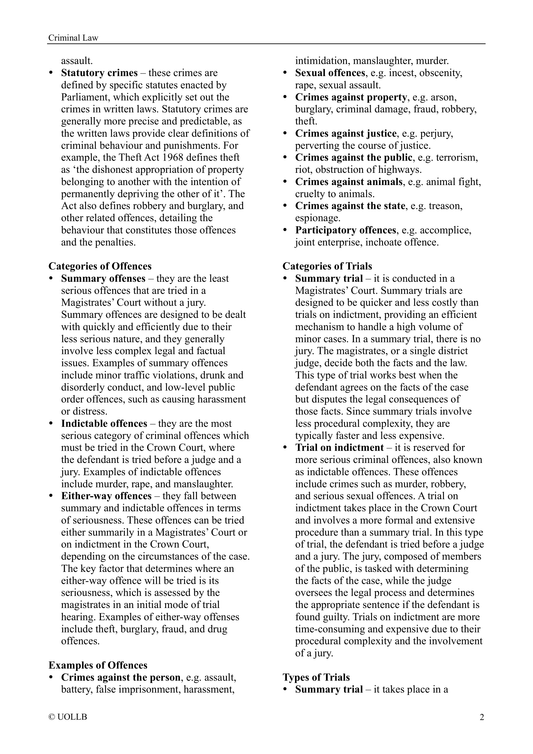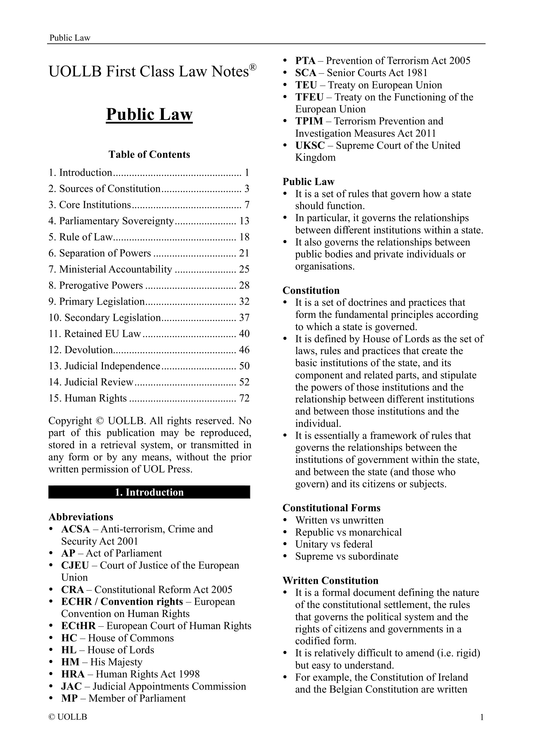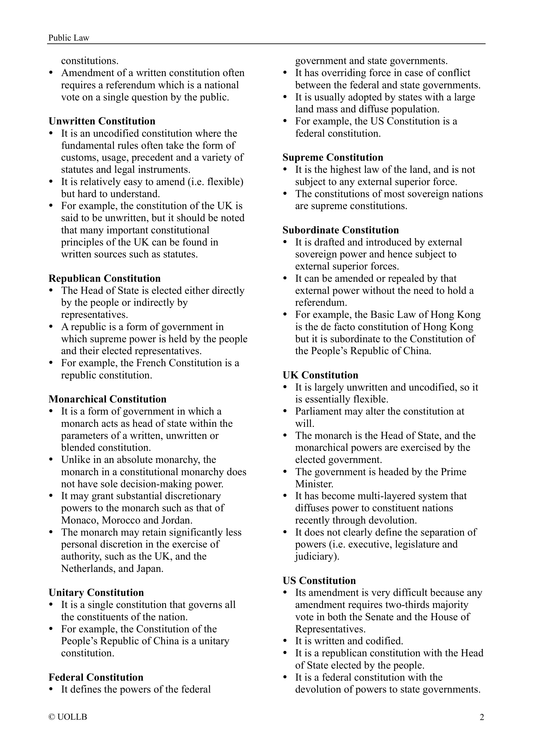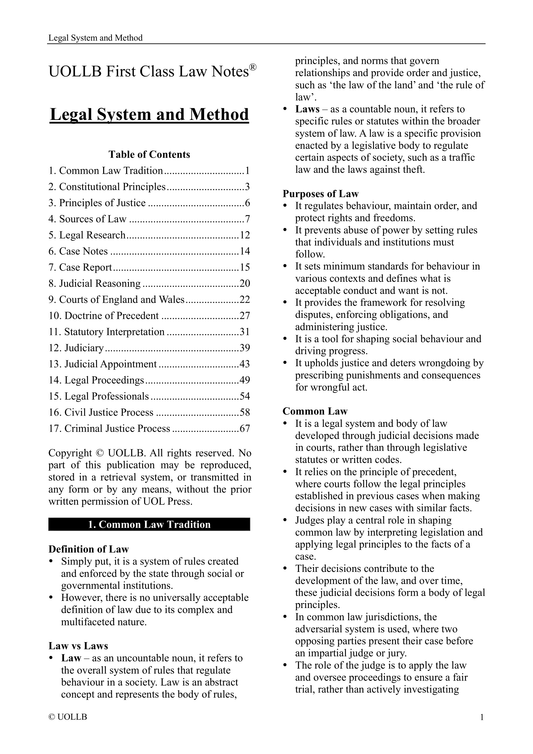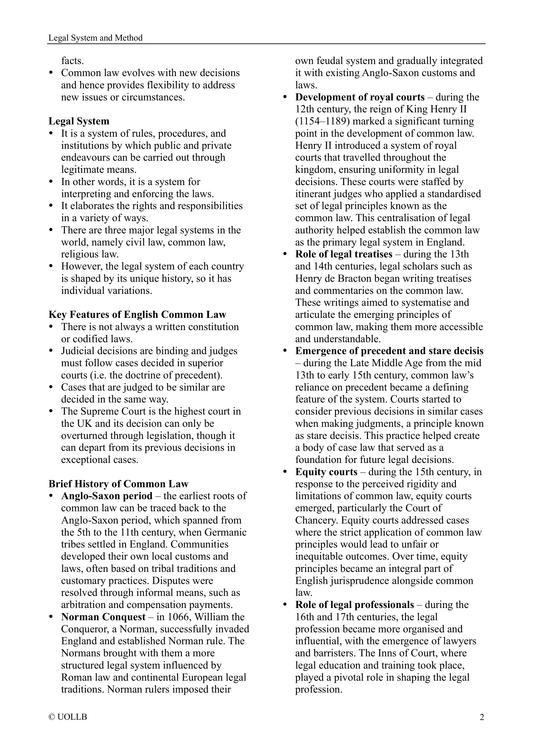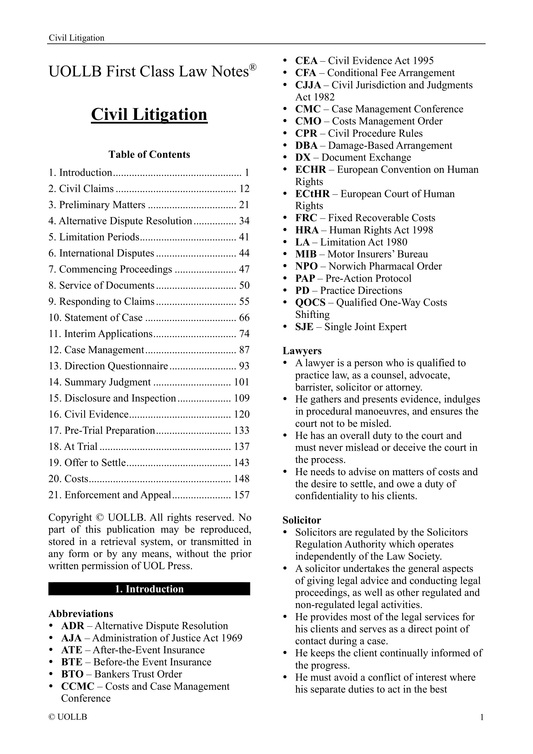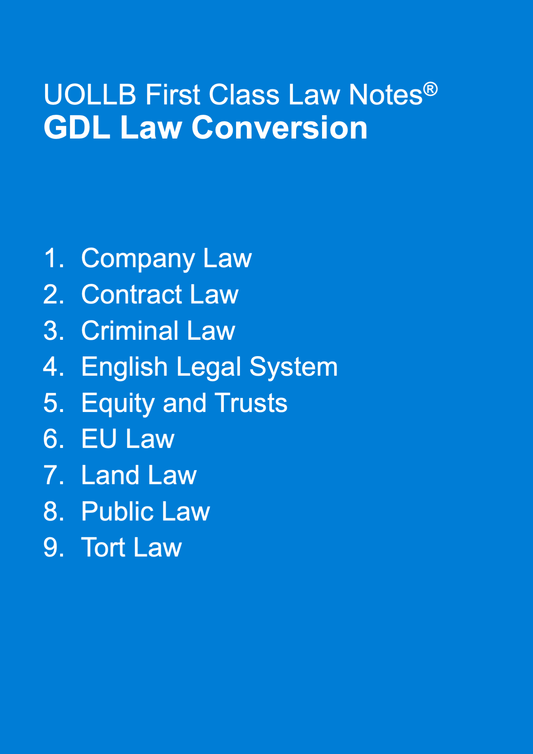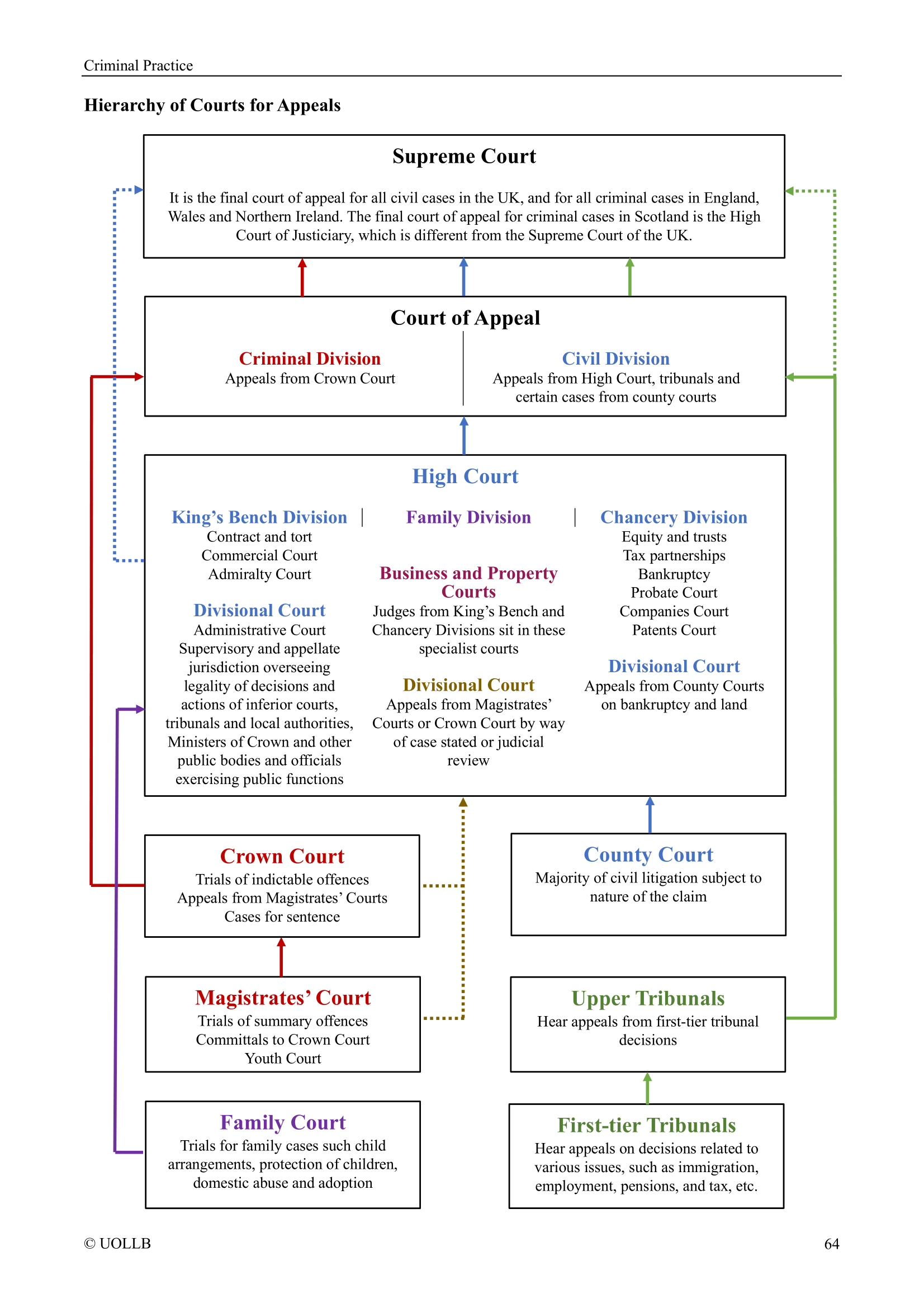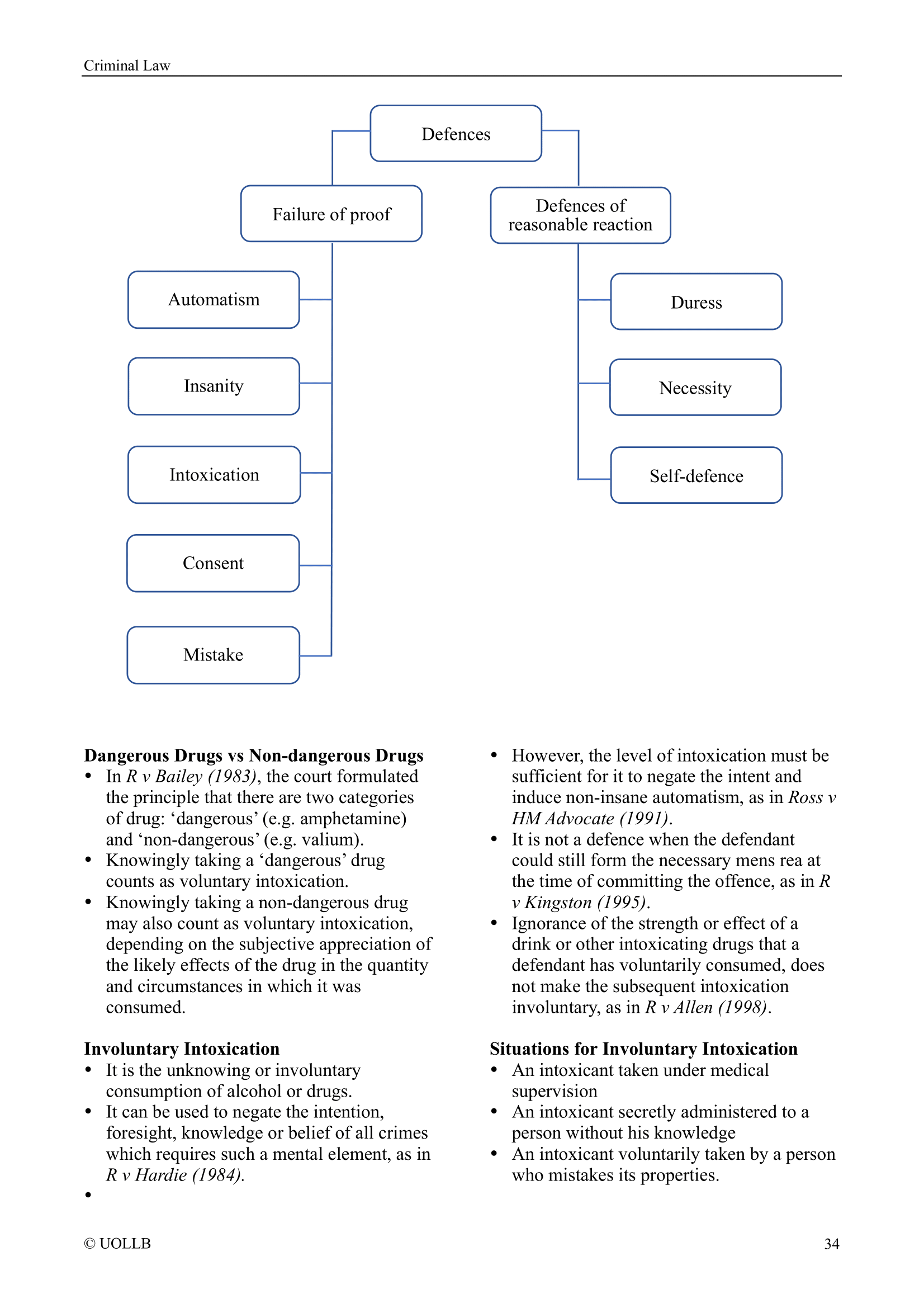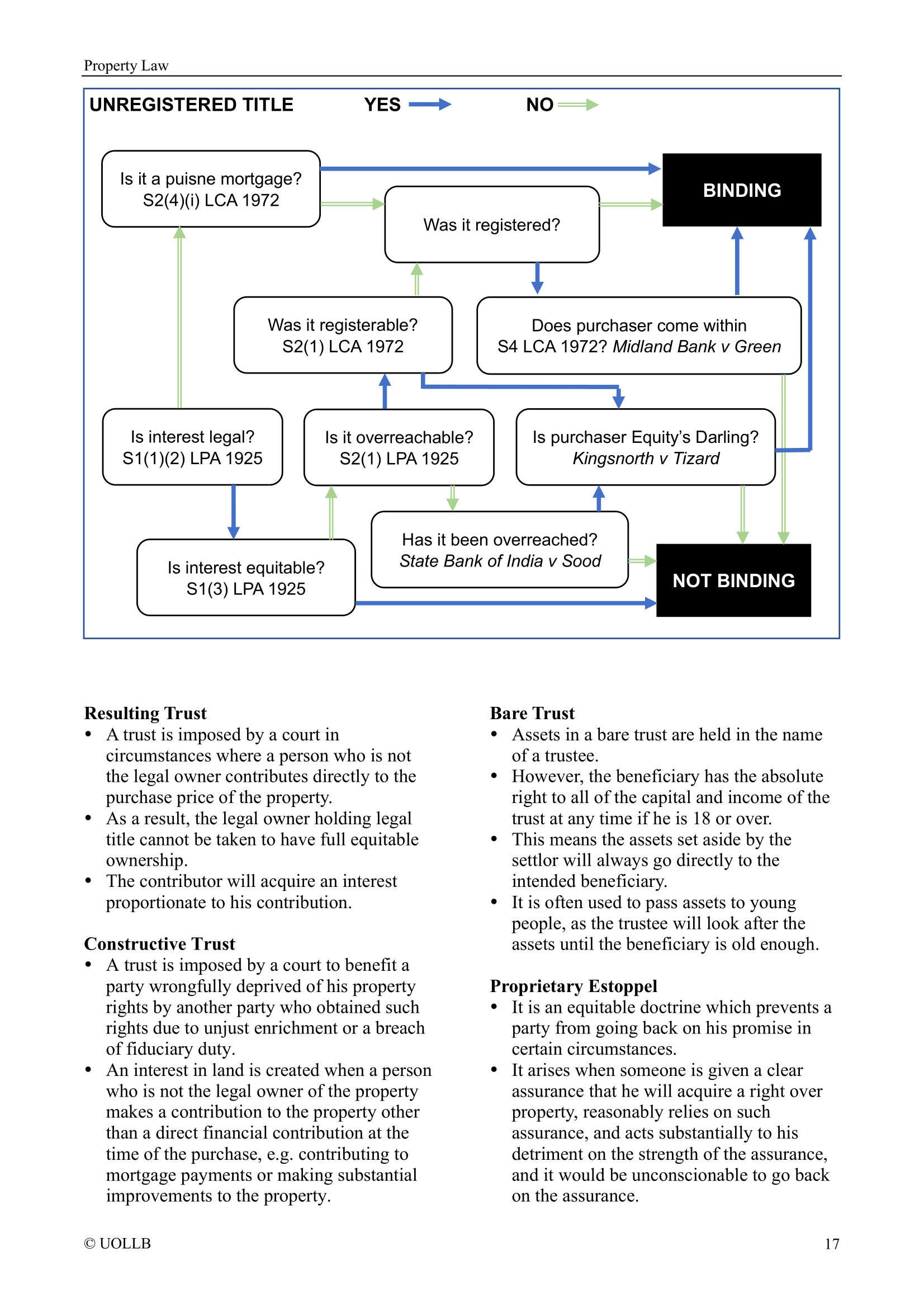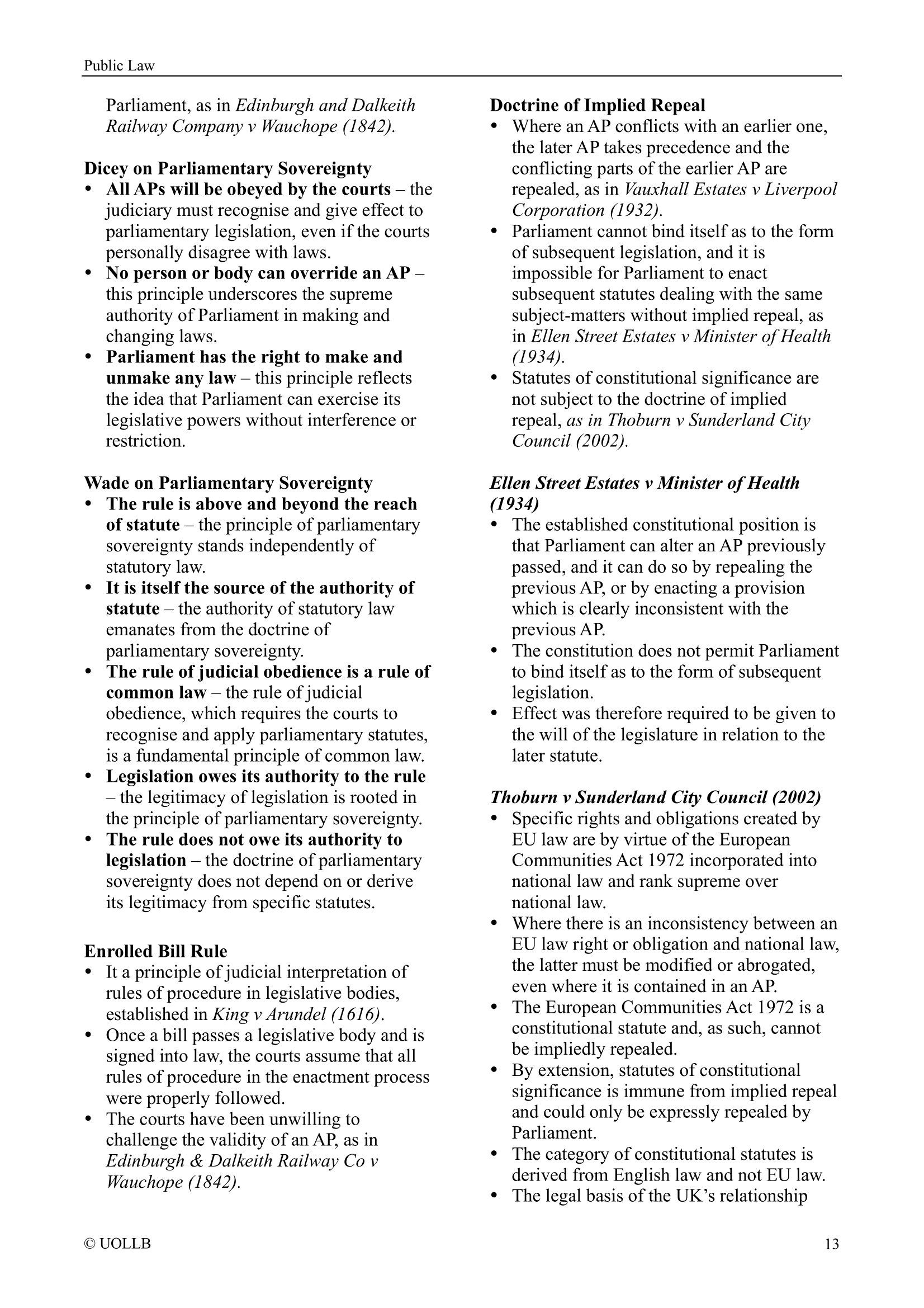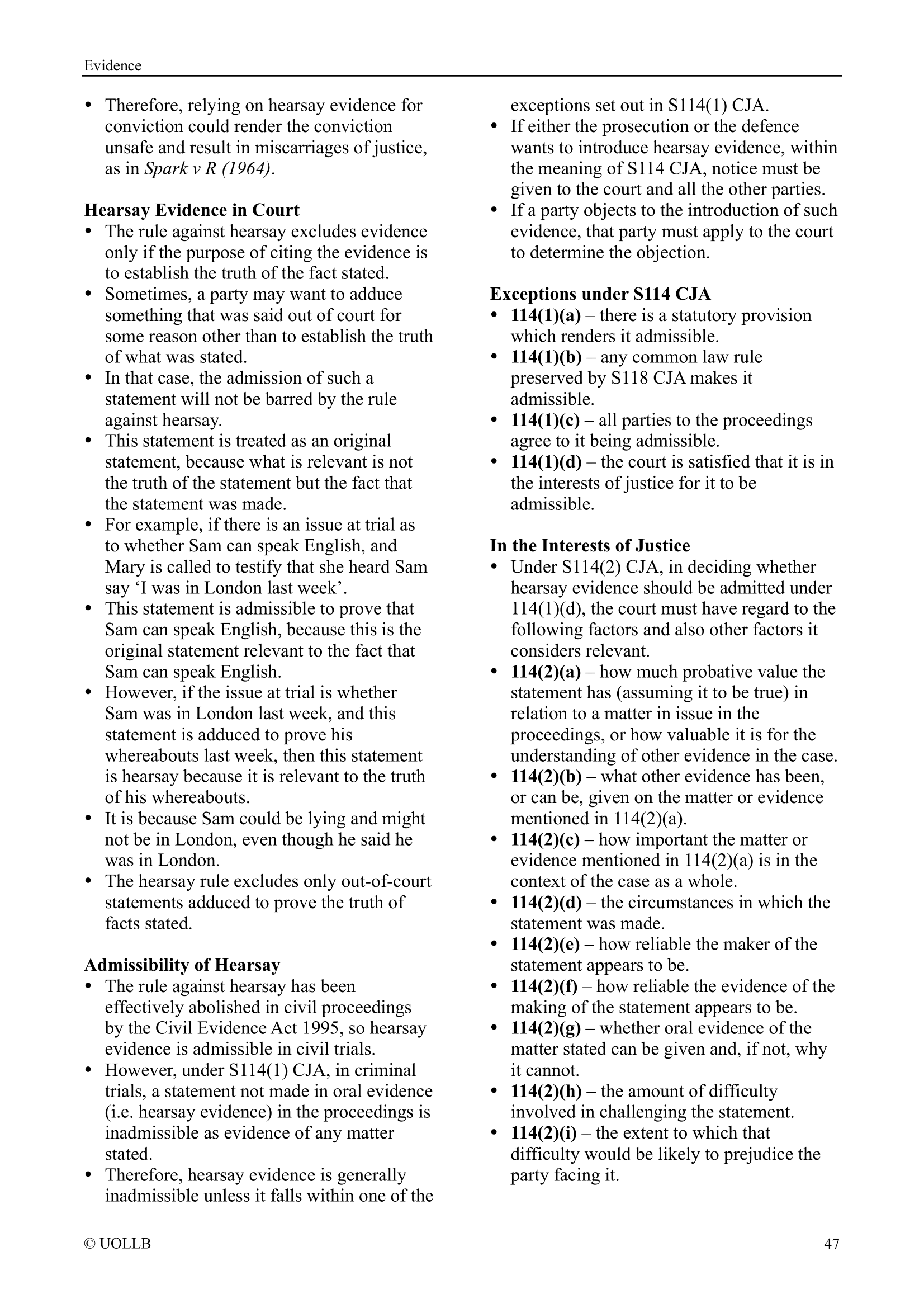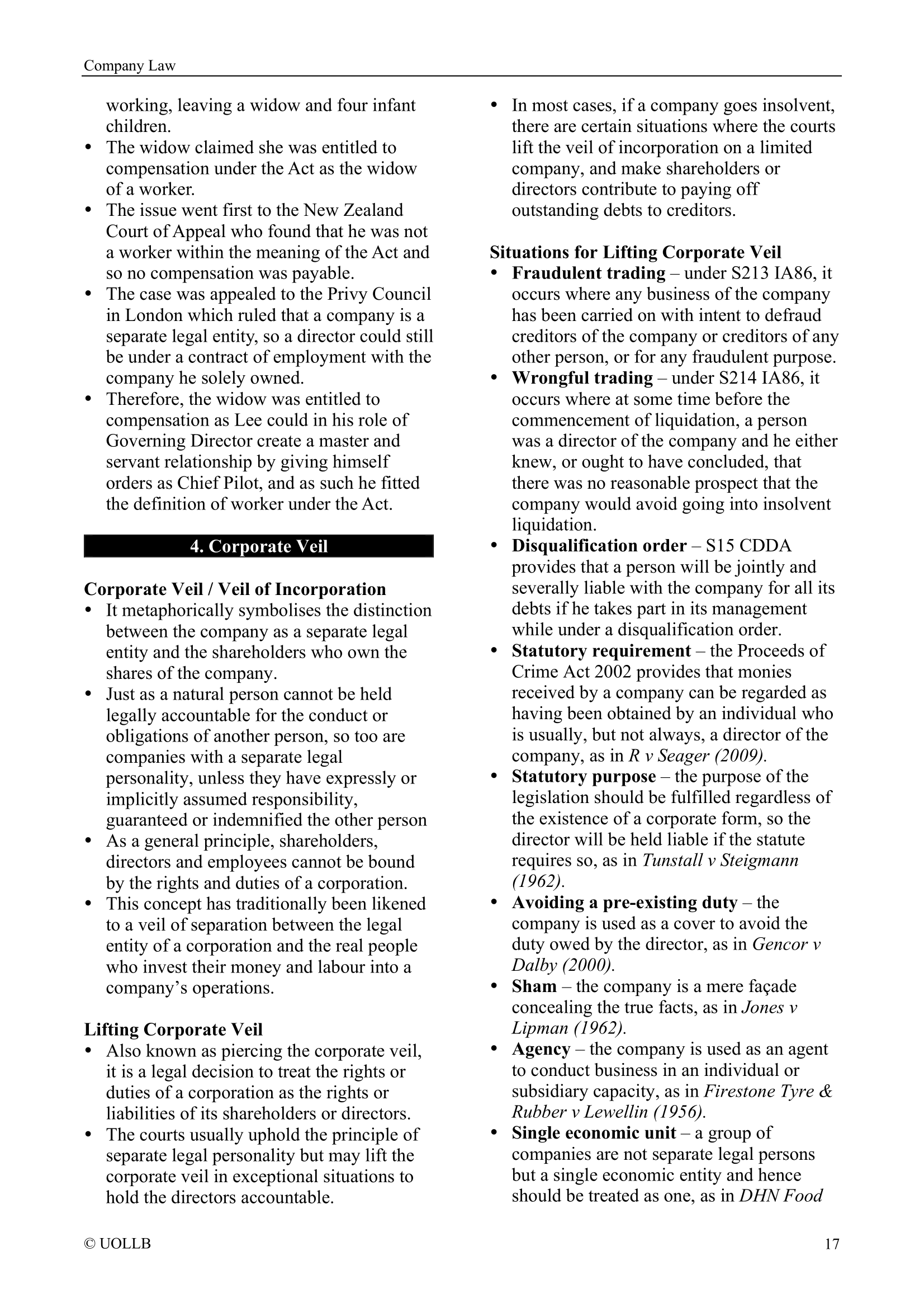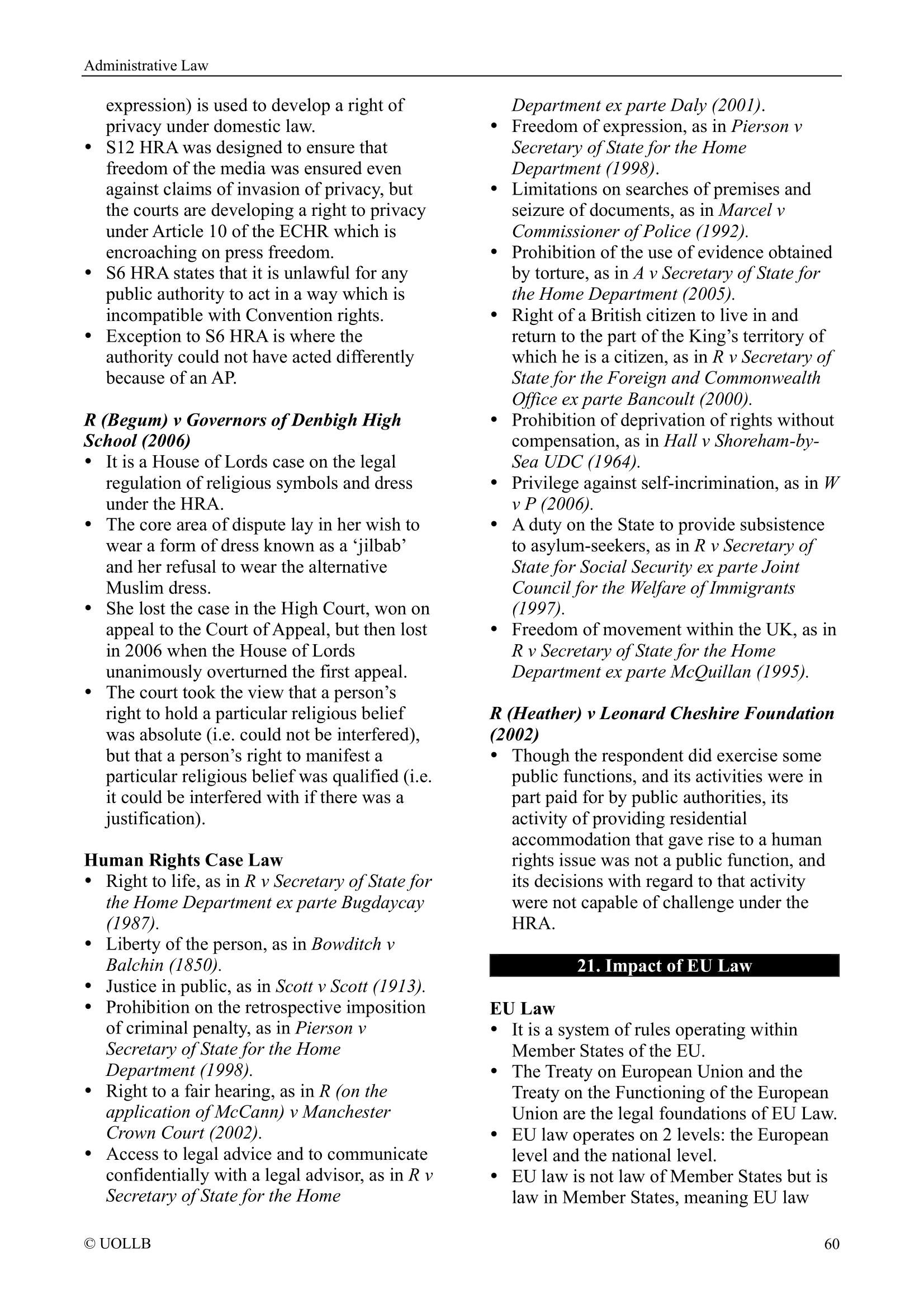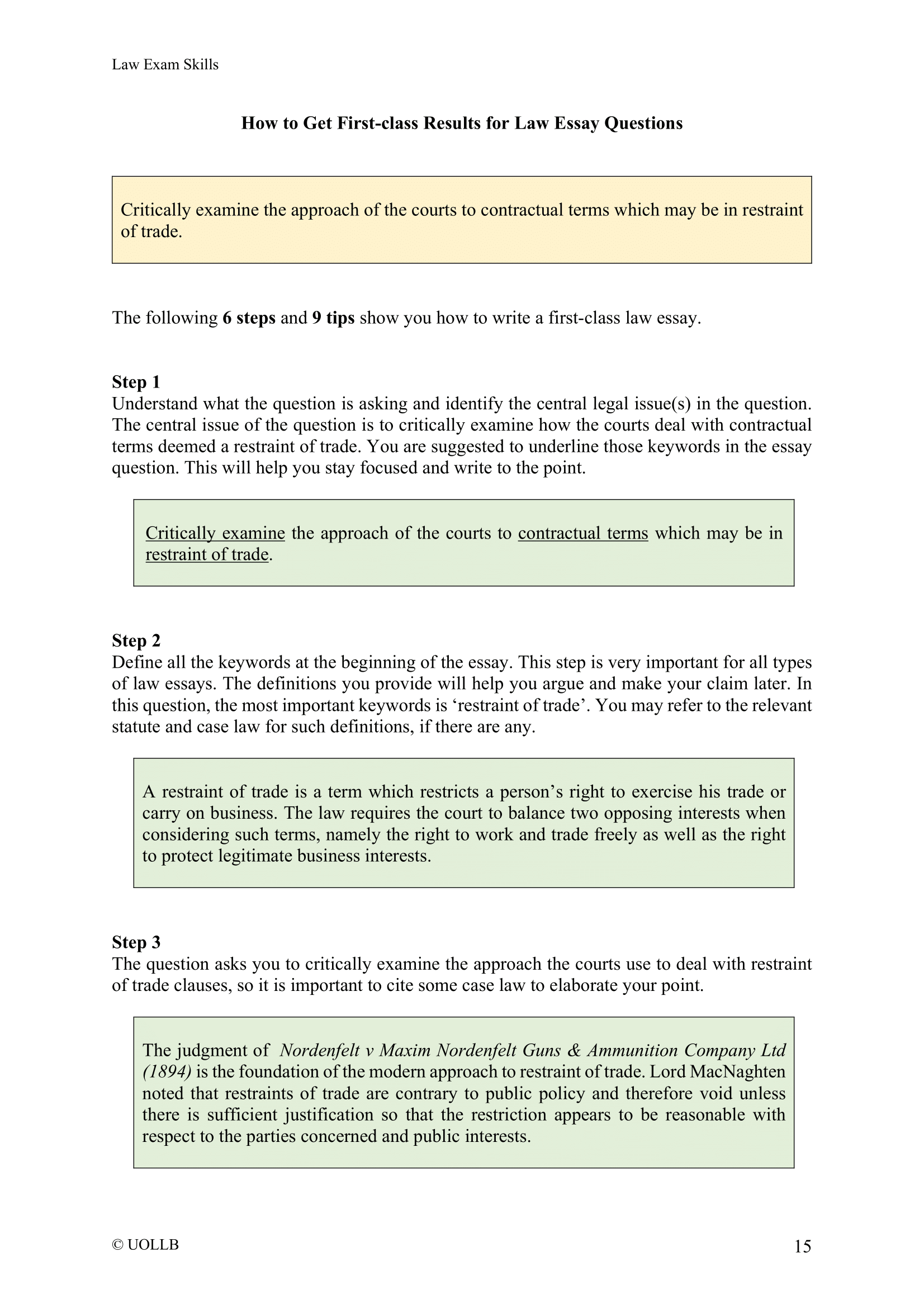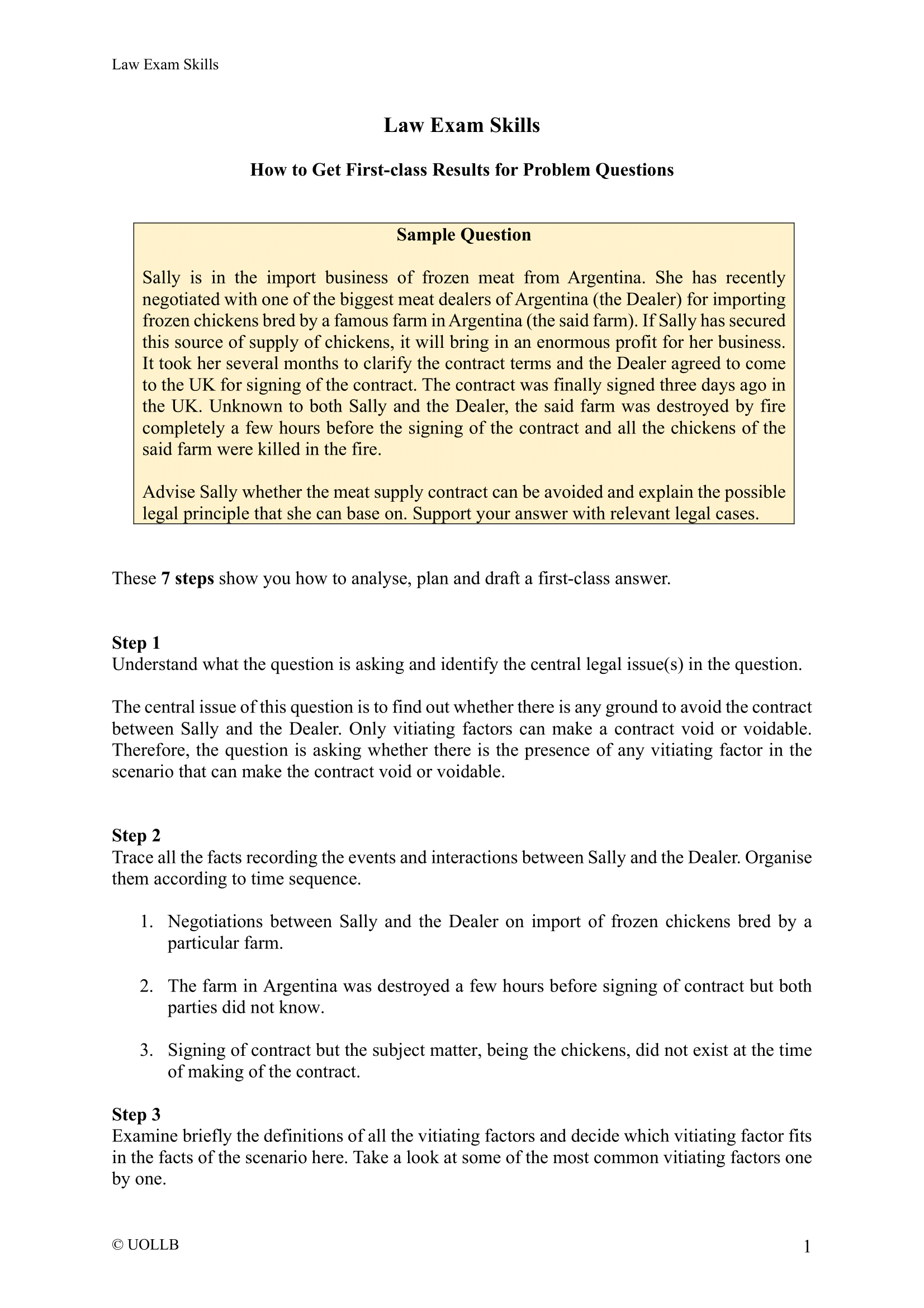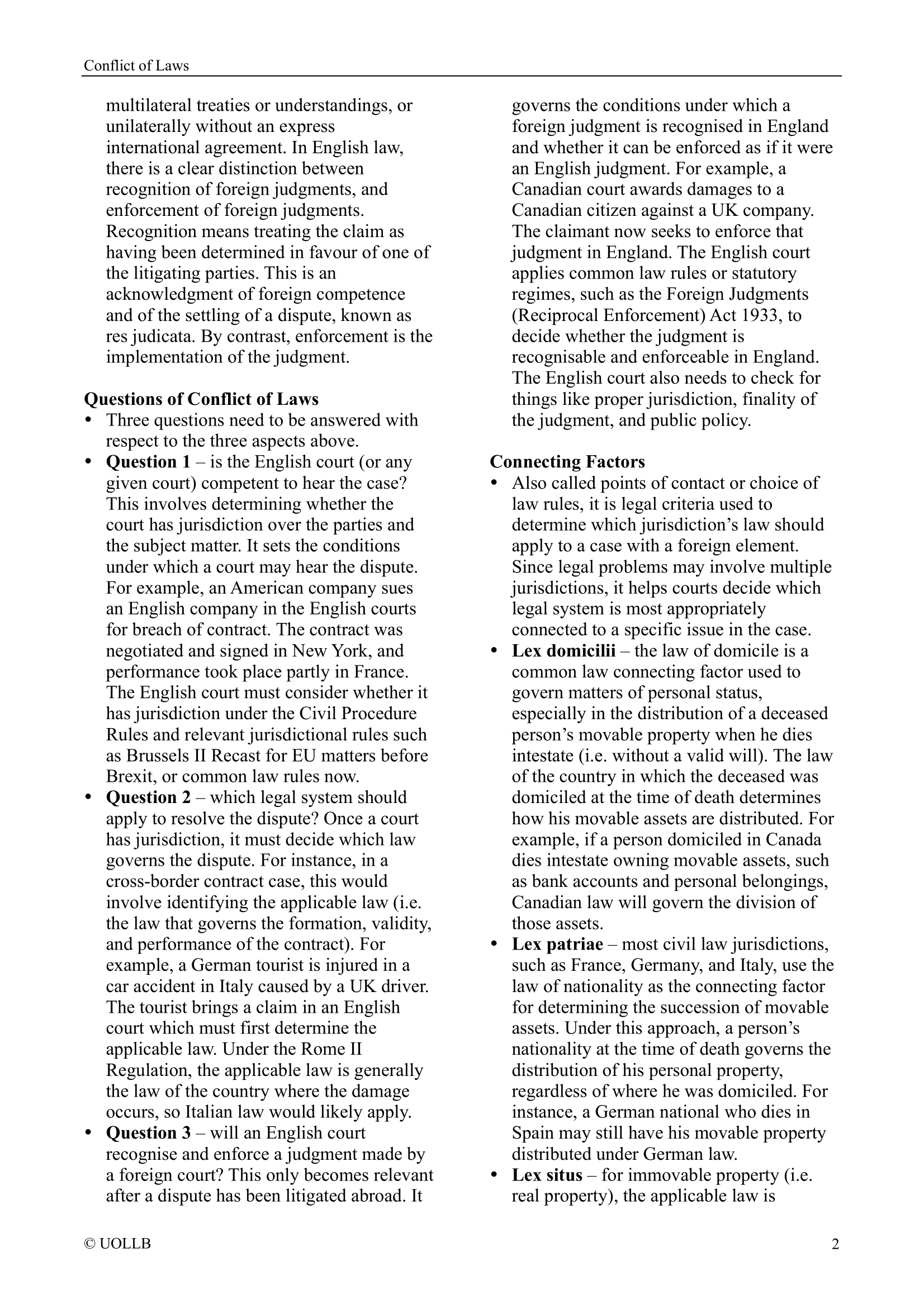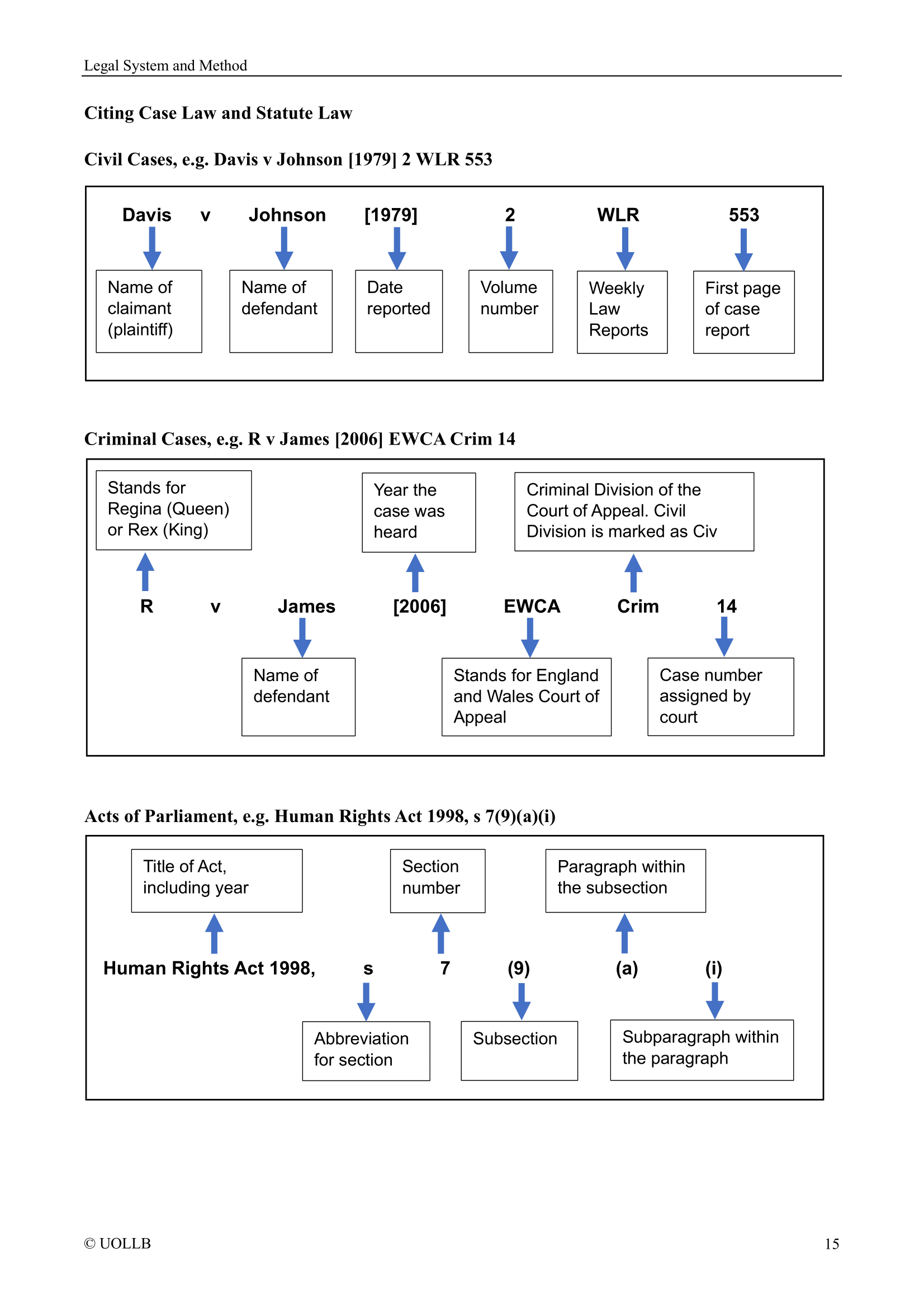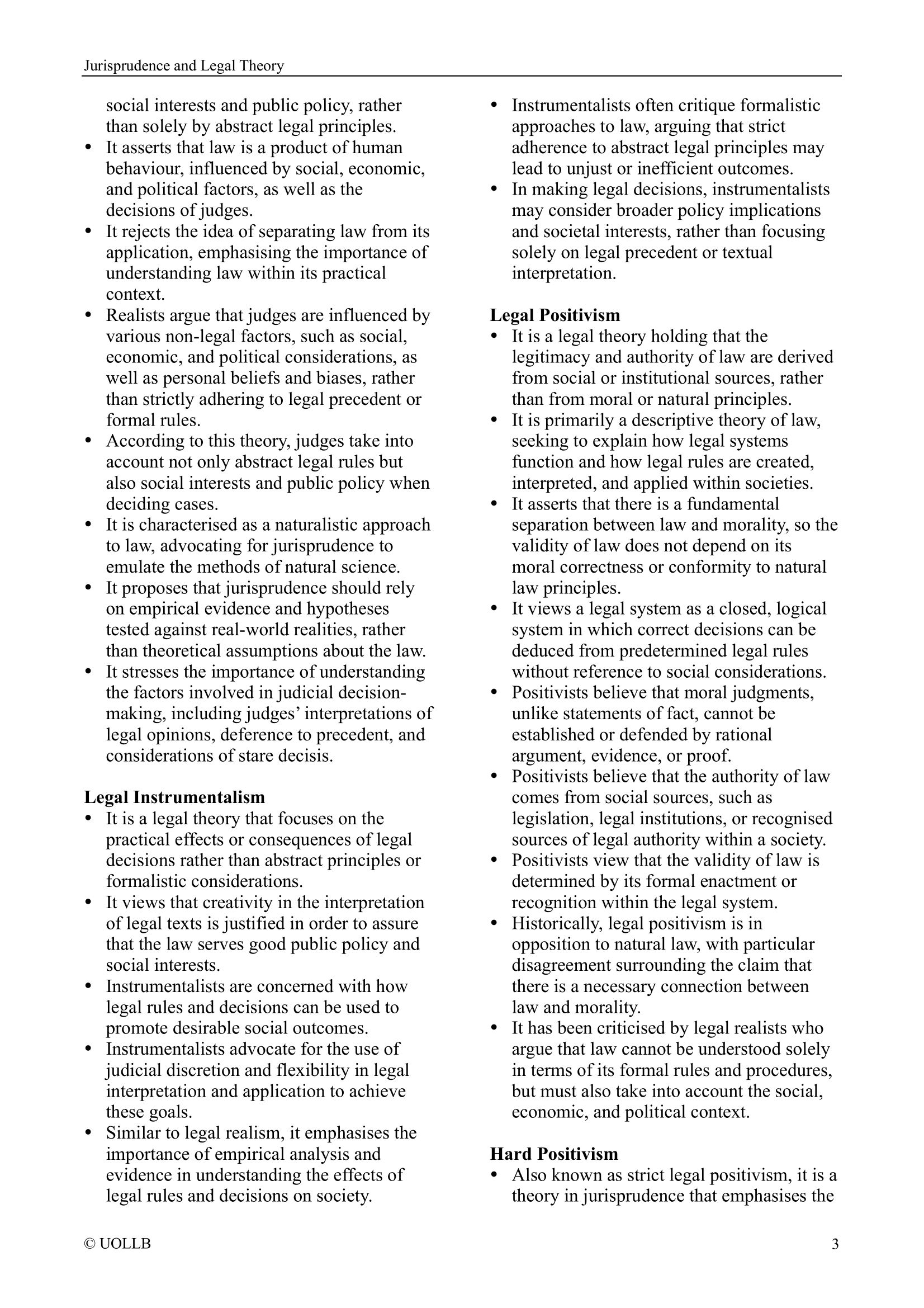How to Write a First-Class Law Dissertation
Share
Writing a first-class law dissertation is a demanding yet highly rewarding task that requires careful planning, critical thinking, and a deep understanding of legal principles. Achieving top marks involves more than simply presenting information; it requires clarity, precision, structured argumentation, and analytical depth. Drawing from experience, the following guidance outlines how to approach your dissertation effectively and meet the standards of a first-class piece of legal writing.
The first step is to fully understand the dissertation topic or question. This means carefully reading the prompt, identifying the core legal issues it raises, and distinguishing any sub-issues or underlying assumptions. Pay close attention to the wording of the title, underlining key terms to remain focused throughout your research and writing. A strong dissertation does not stray from the question; it addresses it directly and consistently, demonstrating a deep engagement with the subject matter.
Planning and organisation are critical. A clear structure should be mapped out before you begin writing, typically comprising an introduction, main body, and conclusion. Within the body, each chapter or section should address a particular aspect of the topic, with paragraphs arranged logically to build and support your argument. Before writing, outline your main arguments and the legal authorities that will support them. This will not only give your dissertation coherence but also help avoid unnecessary repetition or divergence from the core issues.
Thorough research forms the backbone of any high-quality dissertation. Engage with both primary sources, such as statutes and case law, and secondary sources, including academic commentary and journal articles. Use authoritative materials and reputable databases to ensure the accuracy and depth of your analysis. It's important to stay up to date with recent legal developments, especially if your topic concerns a dynamic or evolving area of law.
The introduction should be succinct yet informative. It must clearly set out your thesis or central argument and provide an overview of the structure your dissertation will follow. You may also wish to define key terms or legal concepts that are central to your topic. Although the introduction is relatively brief, often around two to four sentences, it should establish the framework for your analysis and signal to the reader the issues you will be exploring.
The main body of your dissertation is where you provide your legal analysis. This should go beyond merely describing the law; a first-class dissertation requires critical engagement. You must analyse and evaluate legal rules, principles, and interpretations, using case law and statutory authority to support your arguments. Where appropriate, consider alternative perspectives, including academic critiques or comparative approaches from other jurisdictions. Address counterarguments and demonstrate why your position is stronger or more persuasive. Throughout, maintain a balanced tone and engage critically with the material.
Effective use of legal authorities is essential. You must accurately cite and apply statutes, cases, and academic sources to support your reasoning. Avoid recounting case facts in detail unless they are directly relevant to your point. Instead, state the legal principle or ratio of the case and explain its relevance. Always include the name and date of the case and observe correct citation formats. Short quotations should be enclosed in single quotation marks, while longer excerpts should be indented and referenced appropriately.
The structure and coherence of your dissertation are as important as the content itself. Each paragraph should focus on a single idea or sub-argument, clearly linked to your overall thesis. Use transition phrases to guide the reader and maintain a logical flow of ideas. A disorganised or poorly structured dissertation can undermine even the most insightful arguments, so take care to ensure that your writing is easy to follow and well-organised.
Critical thinking is one of the most valued attributes in legal writing. A first-class dissertation demonstrates an ability to weigh competing arguments, challenge assumptions, and draw reasoned conclusions. Show an awareness of alternative interpretations of legal rules and consider the broader implications of your topic. Discuss not only what the law is, but also what it ought to be, and why. By adopting a questioning approach and addressing multiple viewpoints, you reflect a mature understanding of the subject.
The conclusion should bring together the threads of your analysis. Reiterate your central thesis and summarise the key points you have made. Avoid introducing new material at this stage; instead, focus on clearly stating the conclusions you have drawn based on the evidence and reasoning presented. This is your final opportunity to convince the reader of the strength of your argument, so ensure it is well-articulated and precise.
Your writing style should be formal, concise, and appropriately academic. Avoid using personal pronouns or informal expressions. Instead of writing “I believe” or “In my opinion,” use phrases such as “It is submitted that...” or “The evidence suggests...” Ensure your grammar, punctuation, and spelling are accurate, and avoid contractions. Use clear and precise language, and proofread your work carefully before submission. Poor expression can obscure your argument, even if your content is otherwise strong.
Plagiarism must be strictly avoided. Always paraphrase in your own words and provide proper references for every source you use. Make sure you are familiar with and follow the referencing style required by your institution. Accurate citation not only avoids plagiarism but also demonstrates academic integrity and attention to detail.
General academic discipline is crucial. Always answer the question asked, not the question you wish had been asked. Avoid straying into unrelated issues. Prepare a detailed plan before writing and stick to it. Think critically about the benefits and drawbacks of different legal perspectives and develop an argument that is coherent, well-supported, and balanced.
By combining the above elements, including thorough preparation, rigorous research, structured argumentation, and critical insight, you can produce a dissertation that meets the standard of a first-class grade. A successful law dissertation is not just a display of legal knowledge; it is a demonstration of analytical skill, intellectual curiosity, and scholarly precision.
